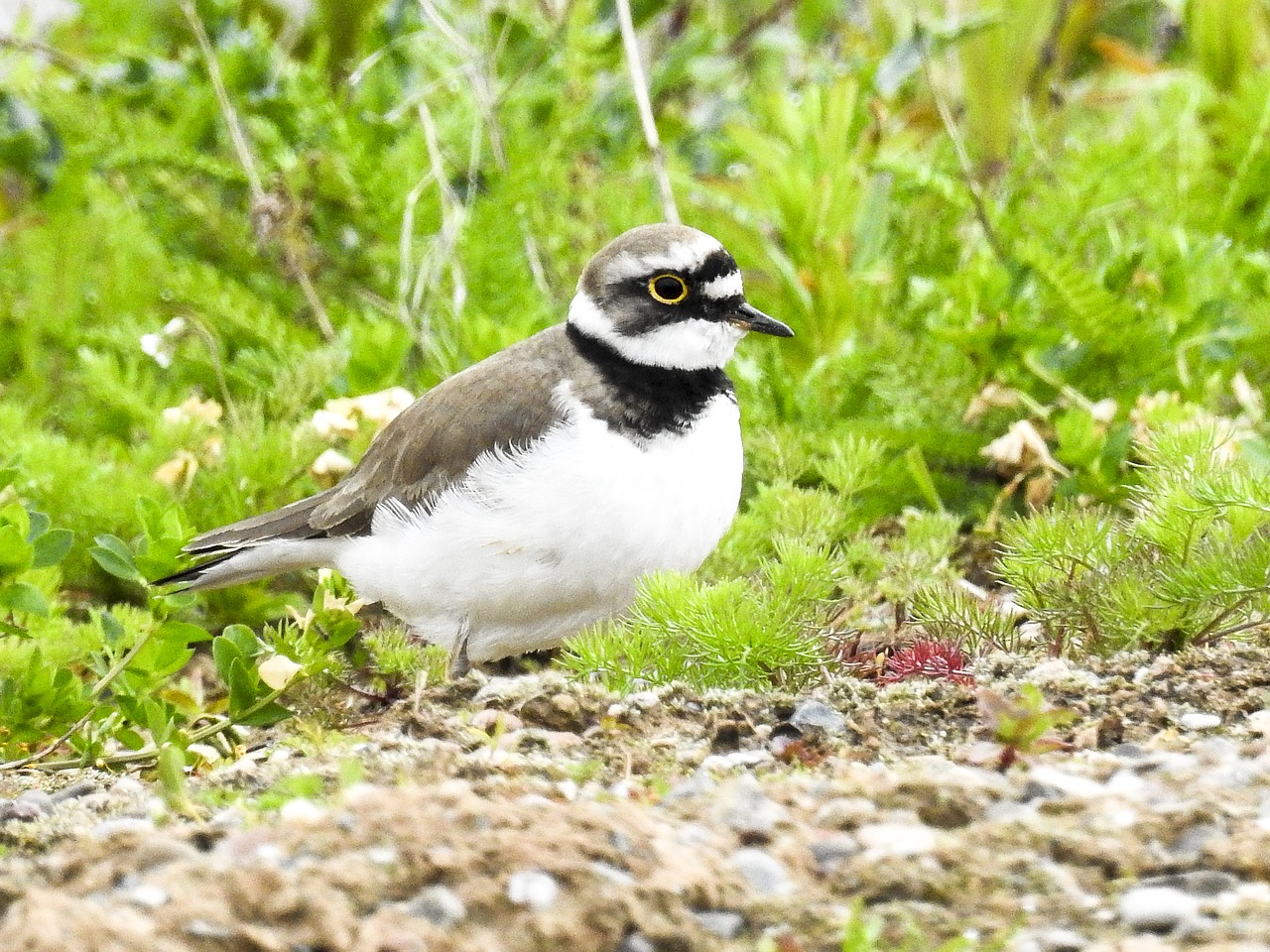Nest site selection and hatching success of Little Ringed Plover Charadrius dubius at the coast of Gulf of Riga, eastern Baltic Sea
DOI:
https://doi.org/10.34080/os.v10.22885Keywords:
breeding biology, Latvia, habitat selection, climate effectsAbstract
Nest site selection and hatching success of the Little Ringed Plover Charadrius dubius was studied on two sections of sand beaches in the Gulf of Riga (West coast and East coast), Latvia, in 1995—1996. The distance from each nest to the sea and to the forest, as well as nest success, was recorded. The measured distances differed significantly between each other only on the East coast in 1996, when the distance to the sea was larger. Survival rates were not lower for nests located closer to the sea or to the forest than in central parts of the beach. Hence, no edge effects on nest success were apparent. Still, Little Ringed Plovers seemed to avoid both edges to an equal degree, apart from at the East coast where they faced more strong onshore winds. The wind may force plovers to place nests on the lee-side of foredunes, closer to the forest, and thus break up the balanced position of nests in relation to habitat edges.
Downloads

Downloads
Published
How to Cite
Issue
Section
License
The copyright of each contribution belongs to the author(s), but all contributions are published under a Creative Commons license, so that anyone is free to share and reuse the contribution as long as the copyright holder is attributed.







